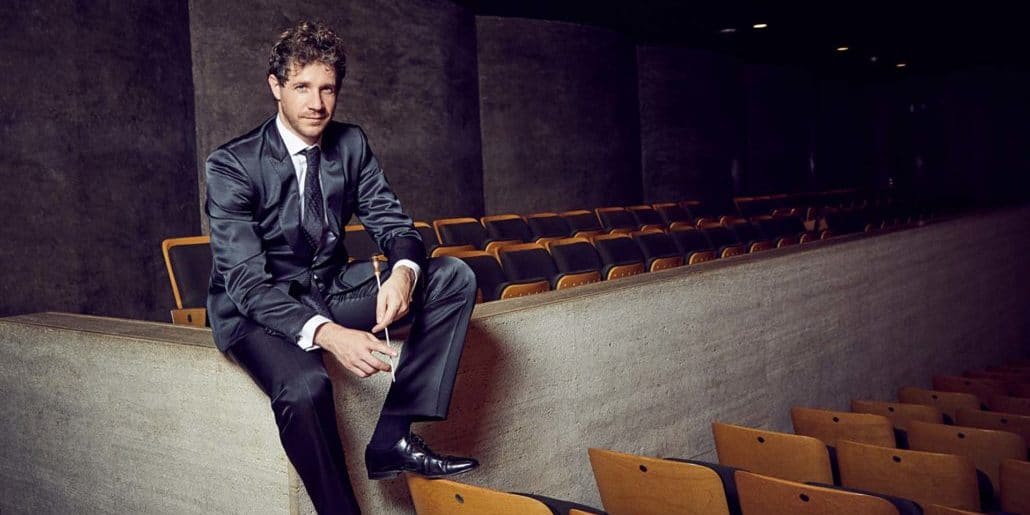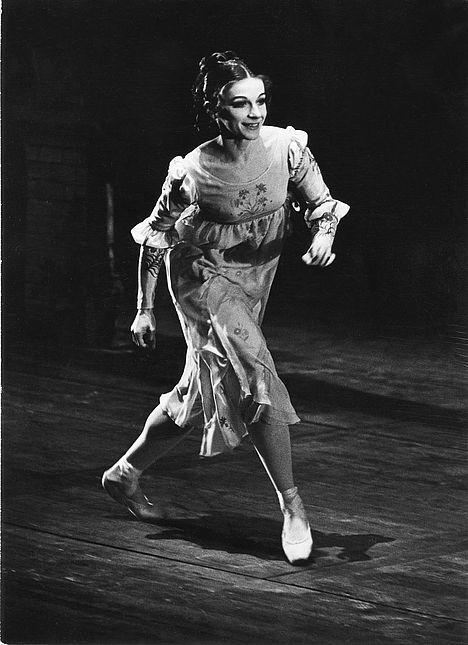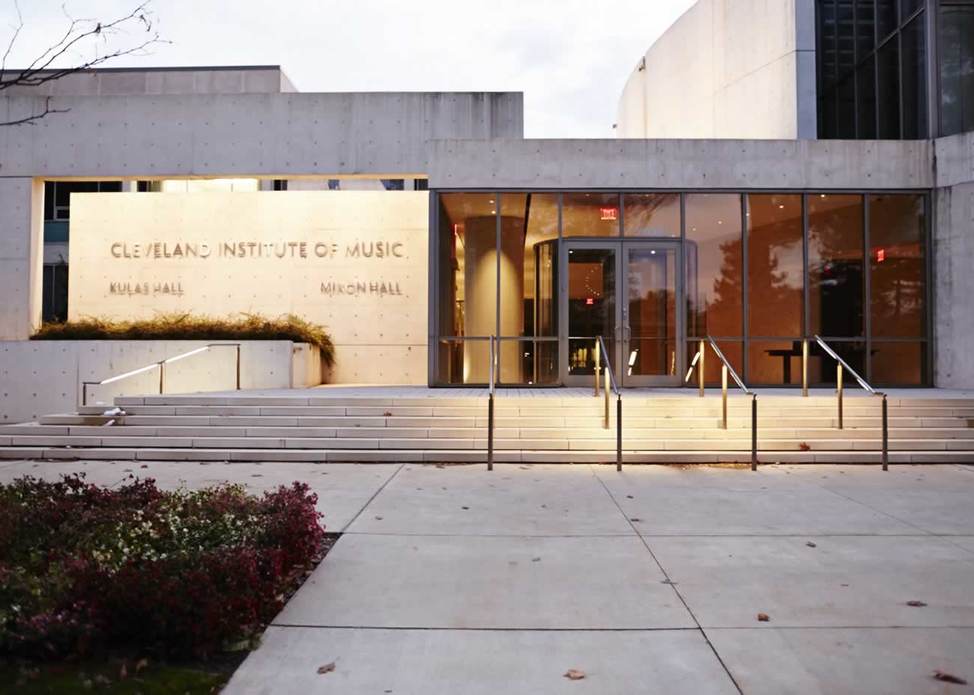How long can headless ENO survive?
mainThe FT’s Richard Fairman wrote a thoughtful piece for Opera News about the parlous state of English National Opera. Then artistic director John Berry resigned, turning the future on its head.
Richard had to cast his piece. He quotes me as saying: ‘The company is in a perpetual state of siege. Fundraising has been poor. Media relations have been poor. Personal relationships have ceased to function within the company, leading to a drip-drip-drip of executives resigning, and the relationship with the Arts Council has broken down…. The level of hostility towards ENO at the Arts Council is astonishing.’
So what hope now for besieged ENO? Read Richard’s piece here.






Excellent article from Richard Fairman. Peter Jonas is right: the blame should be firmly laid at the feet of the intransigent Arts Council. Opera is not about ticking boxes and never has been!
Indeed, an interesting article. Yet I cannot help but wonder if the root of the entire problem in fact goes back to the move to the Coliseum. Ambition is vital in any opera company and the chance to move out of Rosebery Avenue must have been extremely appealing at the time. And this was a time, let’s remember, when the Wilson government’s Minister for the Arts, Jennie Lee, was actively encouraging and funding rapid expansion of the arts around the country.
But then came the massive rise in oil prices and the long period of austerity and cut backs of the 1970s. Another company which had moved a few years later than the new ENO was Scottish Opera. Like the ENO it found the cash to purchase Glasgow’s Theatre Royal. But insufficient funds were raised to secure the future of both the company and the theatre resulting in constant crises, both managerial and financial, since virtually the end of that decade. The attitude of the Scottish Arts Council, like that of its English counterparts with ENO in more recent years, certainly did not help. Nor did the Scottish Parliament which mandated the axing of its chorus and orchestra thereby ensured the company ended up as a mere skeleton of the glory days of the 1970s.
How ENO flourished throughout the 1980s, I am not in a position to judge. I assume that the annual touring it continued to undertake in the 1970s (and 1980s?) helped with the bottom line as these tours I believe were underwritten by the Arts Council. In any event, the problems as suggested by Richard Fairman do go further back than recent years – “The ambition of the 1980s had not come cheap.” Then, running any opera theatre with over 2,300 seats just yards away from the ROH was always going to be a huge task following the 2008 financial recession.
But Matthew Epstein is utterly wrong to suggest that without the Coliseum the ENO could not present major works like Parsifal or the Ring cycle. Scottish Opera’s hugely successful first Ring was mounted in Glasgow’s Kings Theatre, approximately identical in size to Sadlers Wells Theatre. Soon after the same company presented Tristan with Helga Dernesch at Sadlers Wells.
However the present crises are resolved, let us hope ENO does not suffer the fate that has befallen Scottish Opera.